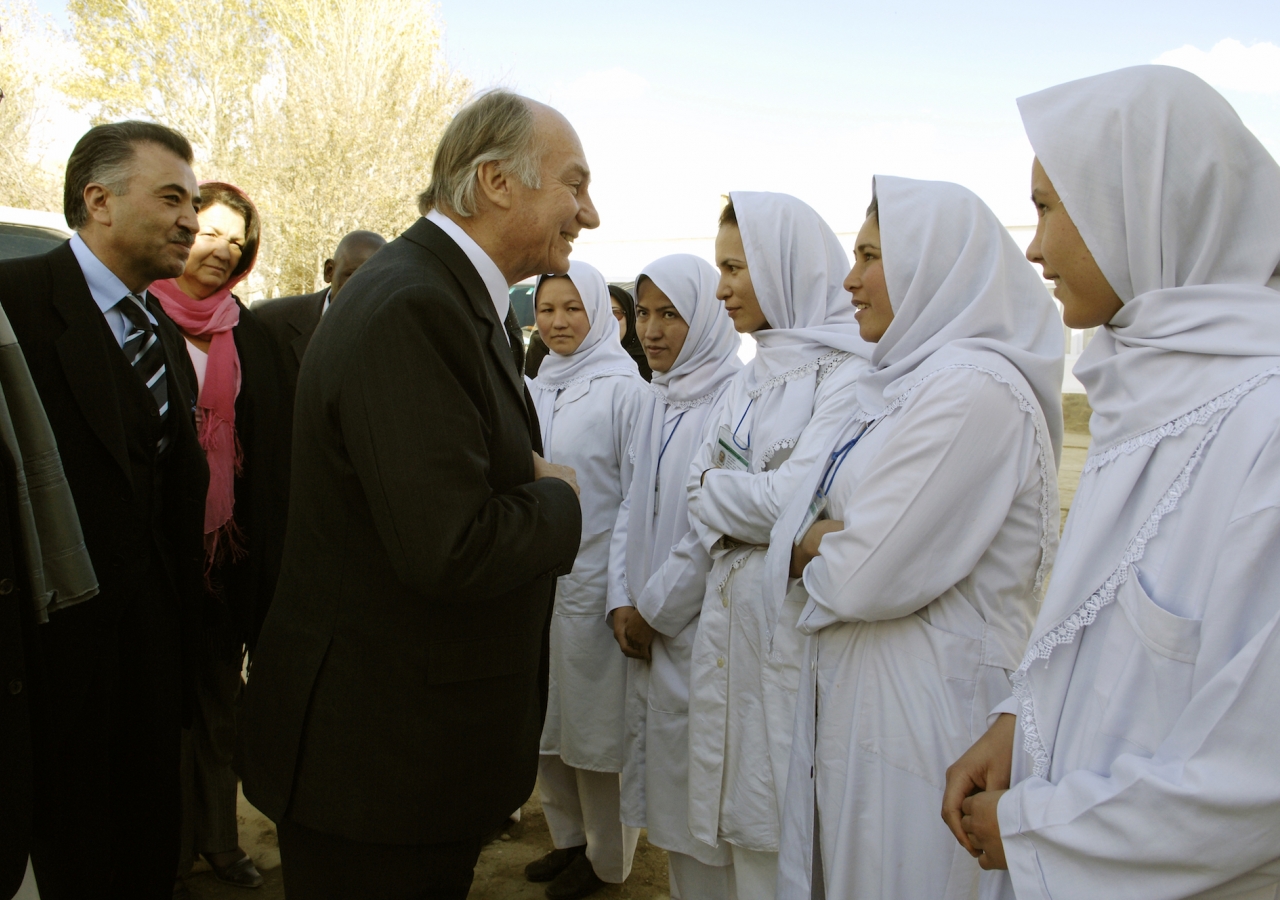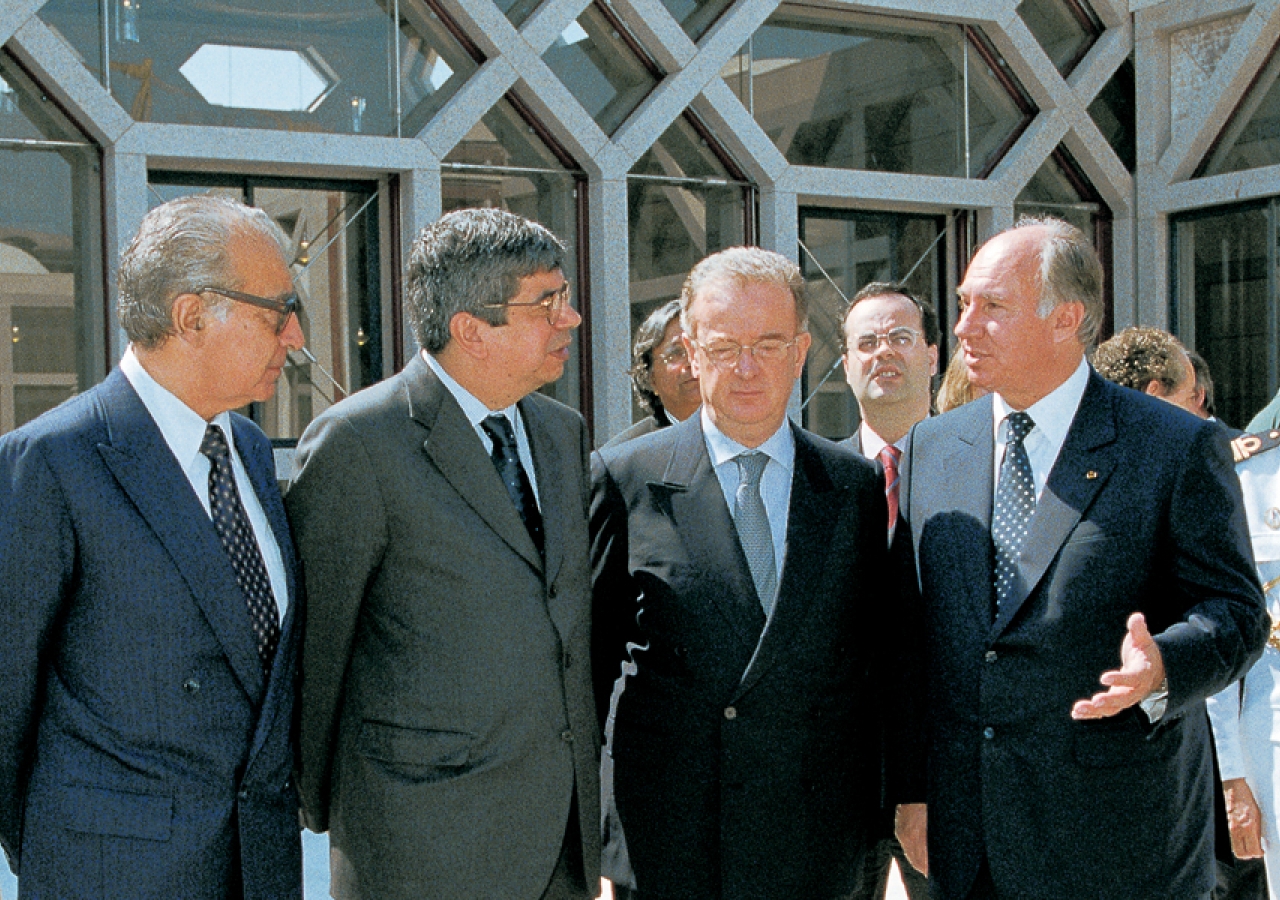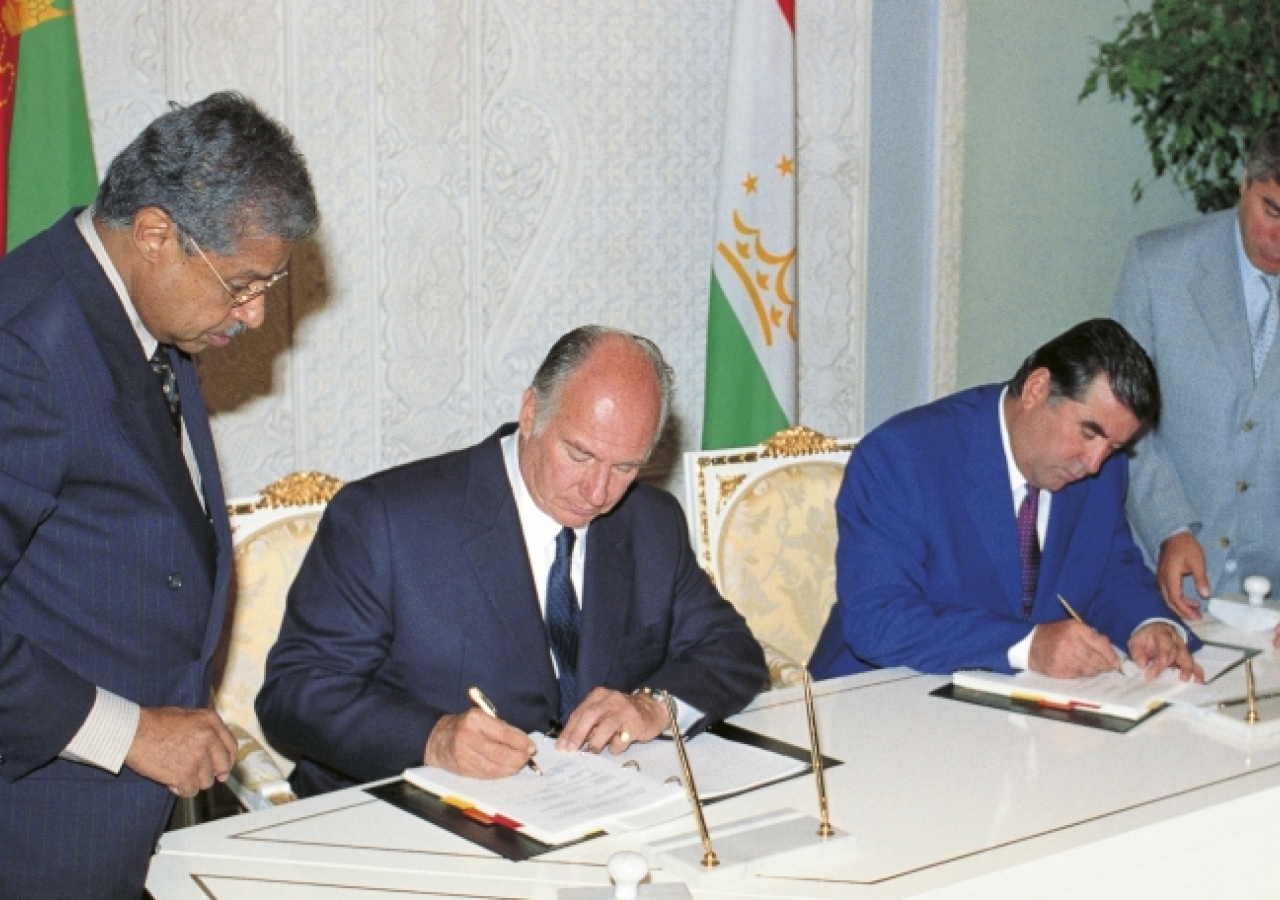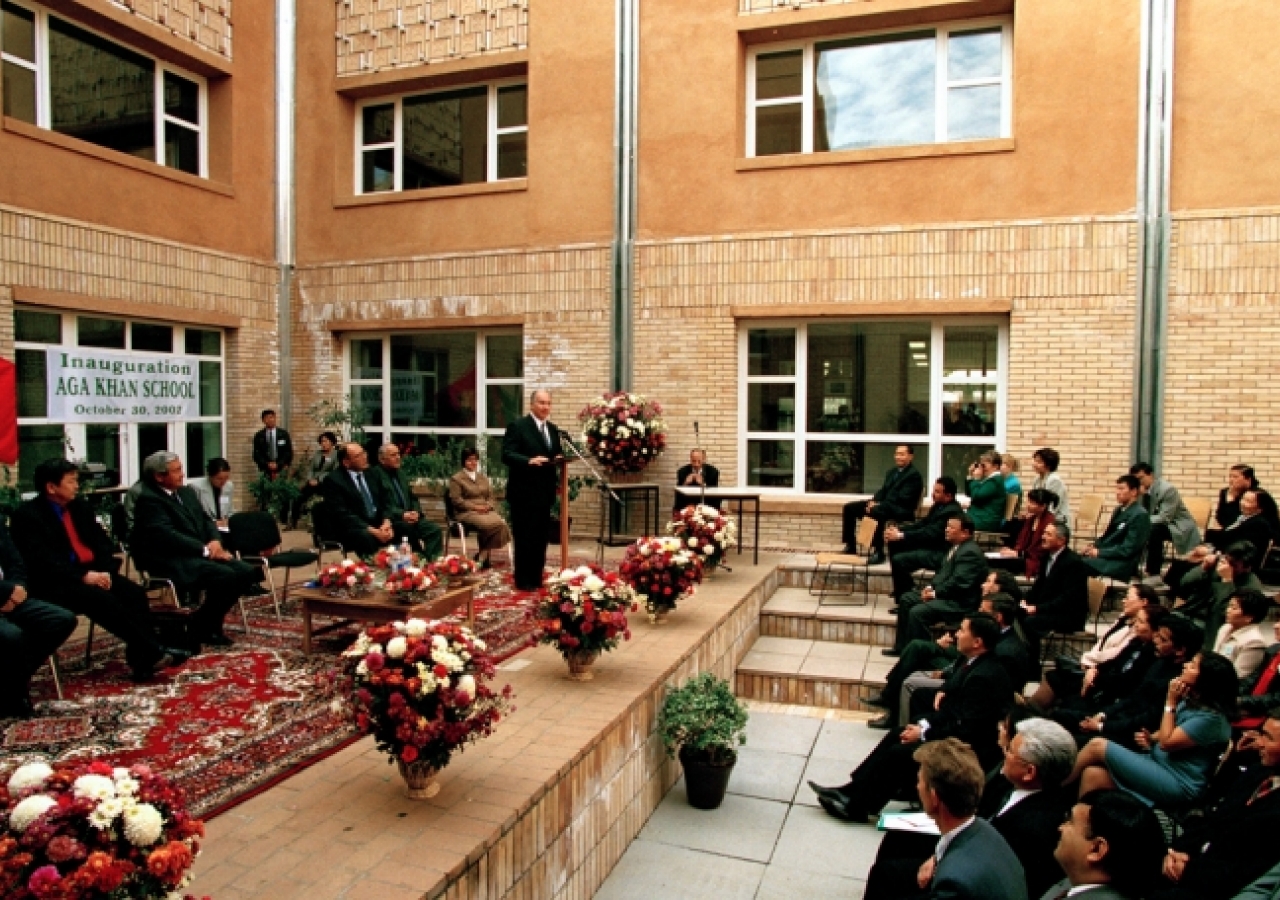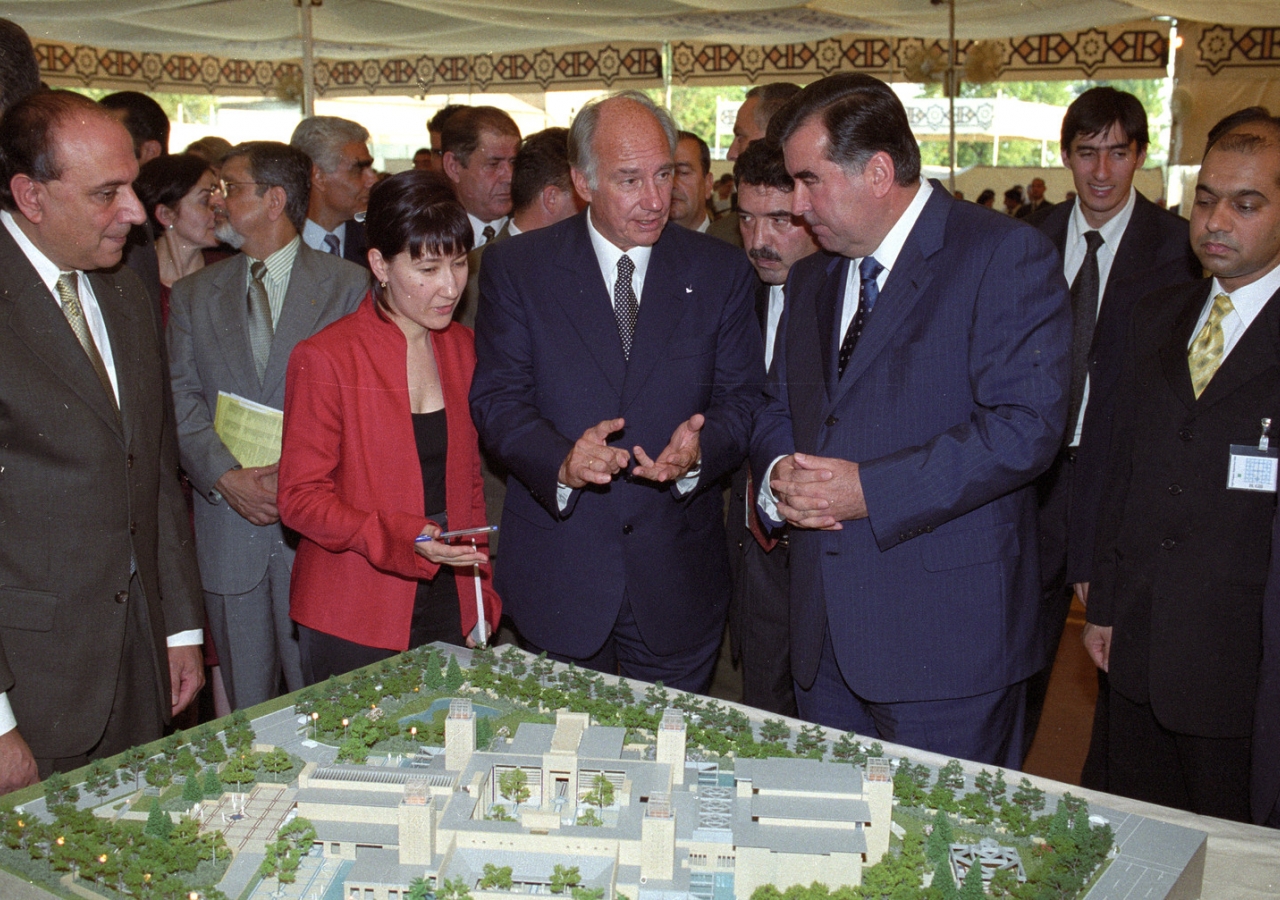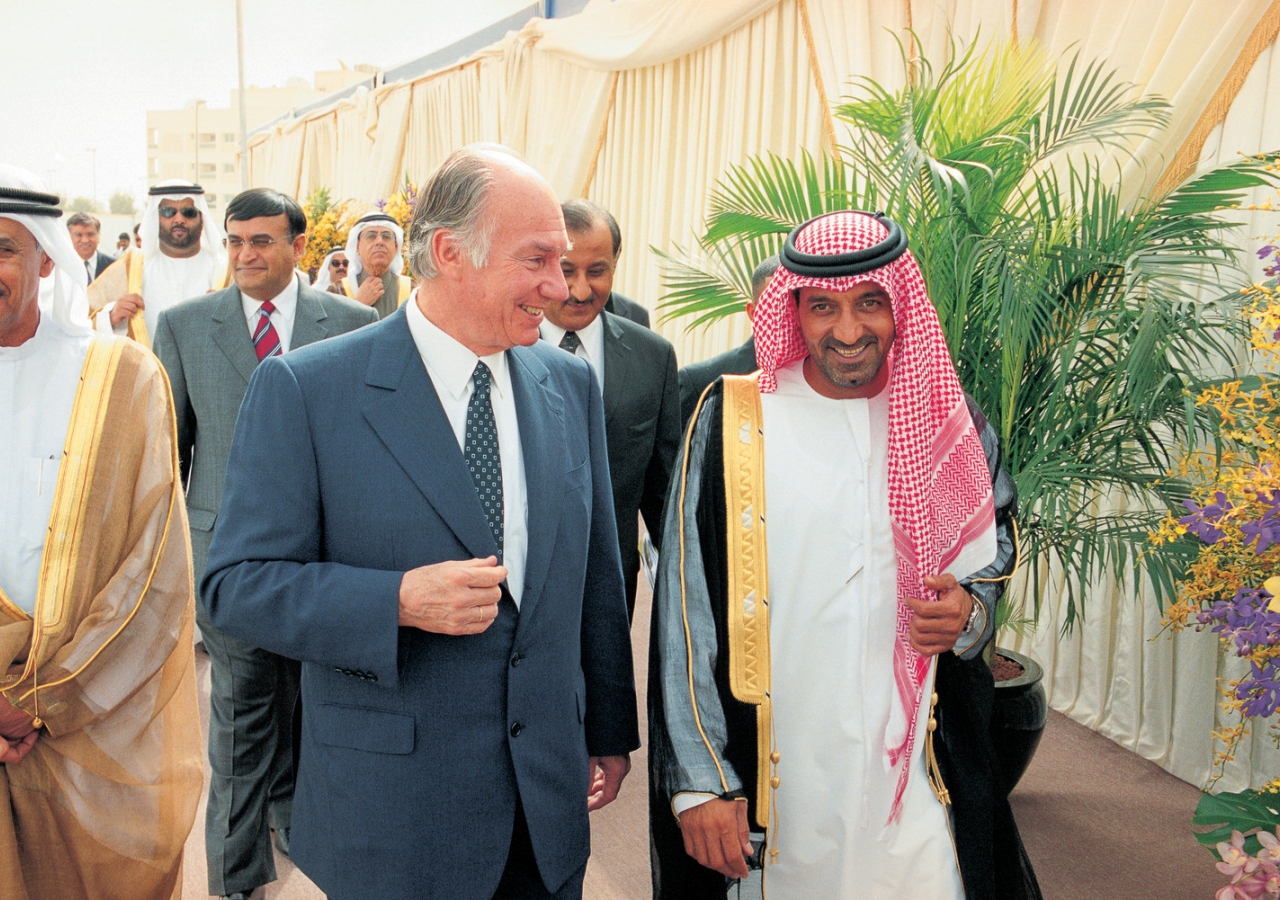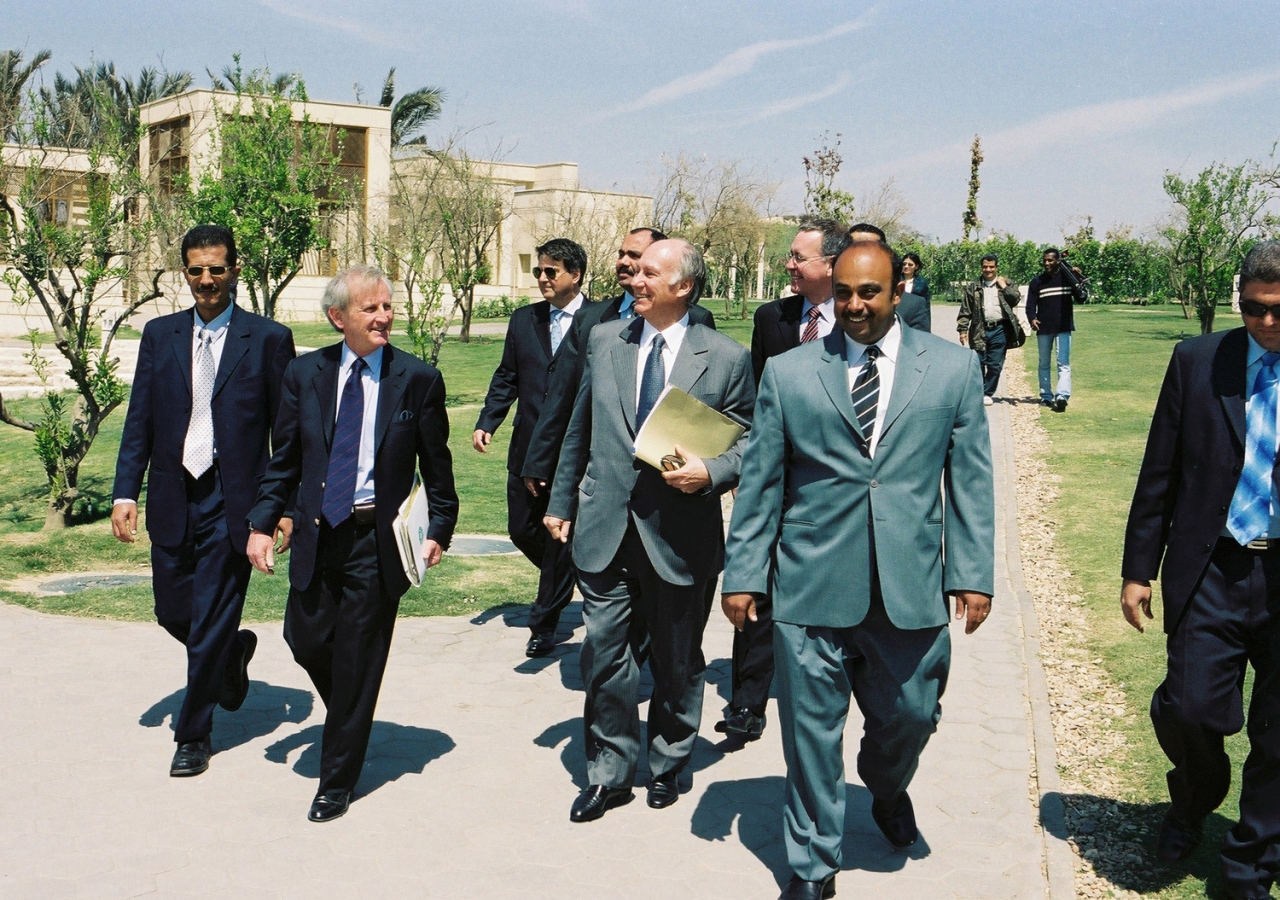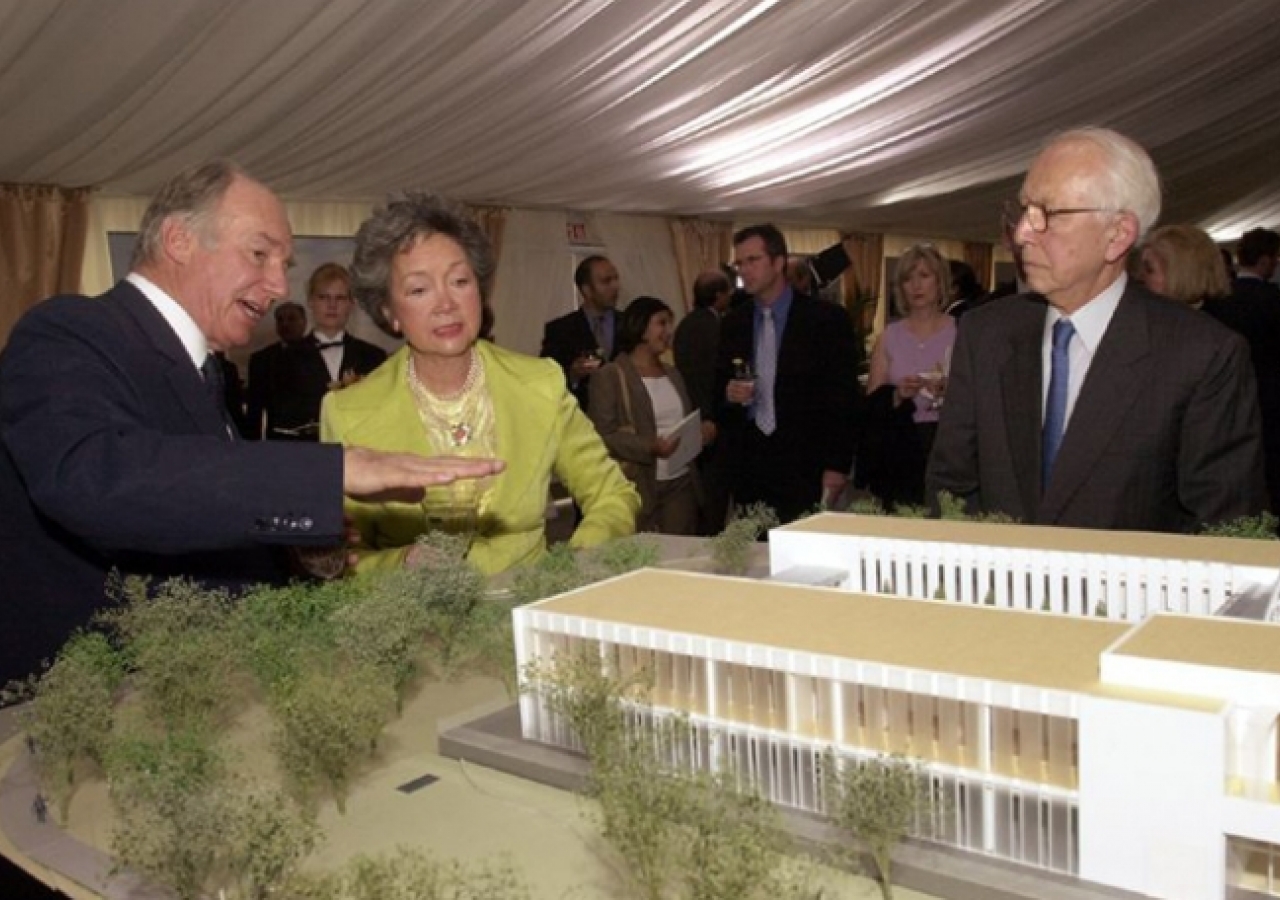Between 1997 and 2007, the world experienced discovery and discord: the first Hybrid vehicle came onto the market; much of Europe began to use the Euro as a common currency; and the launch of Google made information much easier to access, share, and disseminate. Controversial cartoons depicting Prophet Muhammad (peace be upon him and his family) were published in a Danish newspaper, and the bringing down of the World Trade Centre in New York on 9/11 was to go on to influence global perceptions of Islam in the Western world.
Several months after the 9/11 attacks, Mawlana Hazar Imam inaugurated a new Jamatkhana and Centre in Houston, and spoke of its broader significance:
“Nine eleven has scarred America, but not just America. It has scarred the Islamic world, and hundreds of millions of devout and practicing Muslims for whom the word of the Qur’an is the word of God. We have clarity and direction enough when the Qur’an affirms that to save a life is, as if, to save humankind altogether. It is in this context that I request that you view the Ismaili Jamatkhana and Centre, Houston, as much, much more than a place of congregation, and a home for administrative offices. The Centre will be a place of peace, humility, reflection and prayer. It will be a place of search and enlightenment, not of anger and of obscurantism. It will be a centre which will seek to bond men and women of this pluralist country to replace their fragility in their narrow spheres by the strength of civilised society bound together by a common destiny.”
Hazar Imam’s desire to address misperceptions of Islam is central to the mandate of the Ismaili Centres. During this decade, he opened the Ismaili Centre, Lisbon, and attended foundation ceremonies of the Ismaili Centres in Dubai and Dushanbe. Hazar Imam also announced his intention to establish the Aga Khan Museum and the Global Centre for Pluralism, and attended the foundation ceremony of the Delegation of the Ismaili Imamat — three significant Canadian milestones.
Mawlana Hazar Imam also established institutions to assist in the development of Central Asian societies in the years following the collapse of the Soviet Union. This included inaugurating the first in a series of bridges linking Tajikistan and Afghanistan, the opening of Aga Khan Schools in Khorog and Osh, and the signing of agreements to launch the University of Central Asia, which is dedicated to studies of mountainous societies.
Other activities aimed at improving quality of life included the restoration of the gardens at Humayun’s tomb in New Delhi, and Al-Azhar Park in Cairo. Mawlana Hazar Imam also attended the inauguration of the Aga Khan Academy in Mombasa and the foundation ceremonies of the Aga Khan Academies in Maputo, Hyderabad, and Dar-es-Salaam, initiating what would go on to become a network of schools of excellence across Africa and Asia. Award ceremonies were also held for winners of the seventh, eighth and ninth cycles of the Aga Khan Award for Architecture.
Throughout this decade, Mawlana Hazar Imam blessed various Jamats with Deedar, including Portugal, Mozambique, Syria, East Africa, USA, India, Pakistan, and Canada. Whilst in Tajikistan, he also addressed the Jamat of Afghan Shugnan, who had assembled across the Panj River.
On 11 July 2007, to mark the start of Mawlana Hazar Imam’s Golden Jubilee, Jamati leaders representing the global Jamat paid homage to their 49th Imam at his residence in Aiglemont. For the first time in history, the global Jamats were able to participate in this momentous occasion, as one united Jamat. The Imam’s work to build institutional capacity over the previous decades facilitated an increased volume of activity through both Jamati and Imamat institutions during the Golden Jubilee, which coincided with the advent of the digital age.

